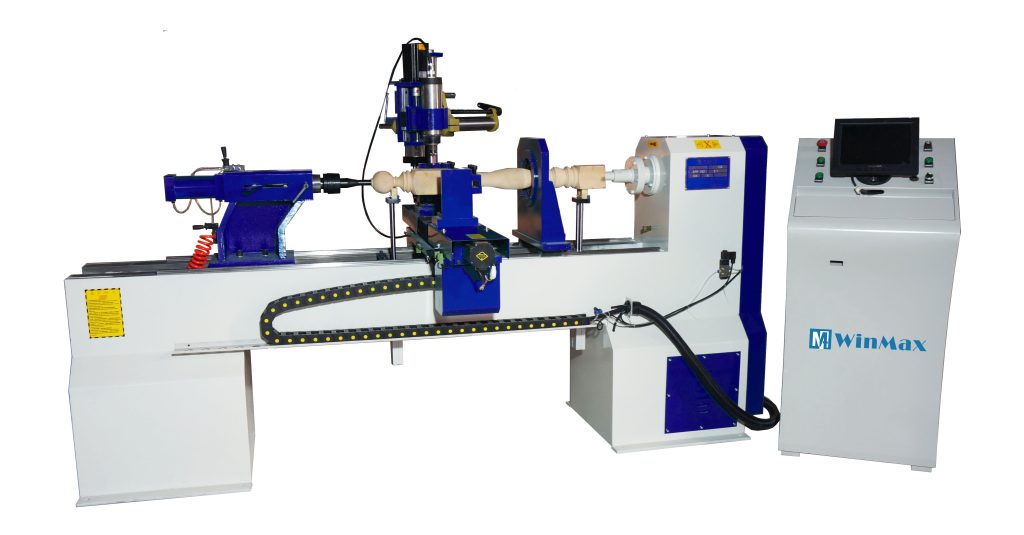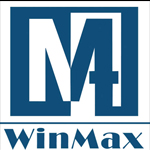Why is it important to have a good understanding of the different types of CNC machines?
Well, if you’re not familiar with the limitations and benefits of each different type of CNC machine.
You might not be able to design for it properly and that’s really what ends up costing a lot of time and money. What we’re gonna be covering is how the machines work and the limitations and benefits of each different machine type.
Now we’re gonna dive into more detail, you’re gonna have a clear understanding of the different types of machines and how they work. But before we start, it’s important to note that we’ll be covering CNC machines that remove material using cutting tools, as these are the most common machines and have the widest range of applications. This means that laser cutters, plasma cutters and EDM machines are not covered.
Cnc machines types
Cnc machines can be broken up into two main categories or machine types:3-axis CNC machines and multi axis CNC machines.Three axis machines are CNC milling or CNC turning machines,also known as lathe. The multi axis CNC machines can be indexed CNC machines, continuous five axis CNC machines and mill-turning machines.

3-Axis CNC machines
Let’s start with three axis CNC machines. CNC milling machines and CNC turning machines allow the movement of the cutting tool relative to the workpiece in three linear axes, left-right, back-forth and up-down. However, it’s good to note that lays sometimes miss one or more of those combinations.
3 axis CNC milling machines
3 axis CNC milling machines are very common because they can produce most standard geometries because they’re easier to program and operate.They lead to a relatively low machining startup cost.
During CNC milling the workpiece is held stationary directly on the machine bed or in a vise.Material is removed from the workpiece using specialized cutting tools that rotate at a very high speed, the cutting tools are attached to a spindle which can move along the three linear axis we just discussed.
3 axis CNC turning machines
Let’s move on to CNC turning machines, or is it commonly referred to as lathe.

CNC lathes can produce parts at a much higher rate and at a lower cost per unit than CNC Mills? This is especially relevant for larger volumes during CNC. Turning the workpiece is held on the spindle, while rotating at a high speed, a cutting tool or center drill traces, the outer and inner perimeter of the parts forming the geometry holes along the center axis can also be manufactured using central, drills and internal cutting tools. Typically, since in lanes are used to produce parts with a cylindrical profile, this is also the downside.
They can only produce that geometry to overcome this limitation features of the part are often seen see milled in a separate machining step. Alternatively, five axes mill turning CNC centers can be used to produce the same geometry in one step.
Multi axes Cnc machines
Now it’s time for multi axes or five axes Cnc machining. These machines can rotate on the same three linear axes as three axes CNC machines.
What makes them different is that they can rotate on an additional two axis, making five axes in total. For example, five axis CNC milling machine centers, allow rotation on three linear axes of movement and in addition, they can also rotate the machine bed or the tool head or both because of this five axis.
CNC machines can handle more complex geometries. However, this does come with an increased cost because it requires specialized machinery and operators with X knowledge.
If you’re creating highly complex or topology optimized metal parts. 3D printing is usually a more suitable option.
Indexed 5-axis CNC machines
Let’s talk about indexed 5-axis CNC machines and how they work .
During machining, the cutting tool can only move along three linear axes.However, between operations, the bed and the tool head can rotate automatically giving access to the workpiece from a different angle.
Because of this, no human intervention is required to manually reposition the workpiece,paths with more complex geometries.
Can therefore be manufactured faster and at a higher accuracy than in a three axis CNC mill, but they lack the true freeform capabilities of a continuous five axis CNC machine, continuous five axis CNC milling machines have a very similar architecture to indexed five axis CNC milling machines.
Continuous 5-axis CNC machines
However, there is one big difference,continuous five axes CNC milling machines, allow for the movement of all five axes at the same time during all machining operations, but these advanced capabilities come at a high cost with continuous five axes. Cnc milling, you need expensive machines and highly trained machinists to accurately program the machines.
Mill-turing CNC Center machines
Finally, Mill-turning CNC centers are exactly like CNC turning machines. Only they are also equipped with CNC milling tools.The workpiece is attached to a spindle that can either rotate at high speeds. Like a lady or position it at a precise angle, like a five axis CNC mill-lathe and milling cutting tools are used to remove material from the workpiece forming the part.
A variation of the mill-turning Center is a Swiss style lave, which typically has a higher precision.Mill-turning systems take advantage of both the high productivity of CNC turning systems and the geometric flexibility of CNC milling systems. Alright, we covered most of the CNC machines that use cutting tools. Let’s look at the most important things that we learnt three axes CNC milling machines, manufacture, parts with relatively simple geometries, with excellent accuracy and as a low cost.
Cnc lathes have the lowest cost per unit, but are only suitable for part geometries with rotational symmetry. indexed 5 axis CNC milling machines manufacture parts with features that do not align with one of the main axes quickly and with very high accuracy. Continuous 5 axis CNC milling machines, manufacture parts with highly complex, organic geometries and smooth contours, but at a high cost.
Mill-turning CNC centers combine the benefits of CNC turning and CNC milling into a single system to manufacture complex parts at a lower cost than other 5 axis CNC systems.

